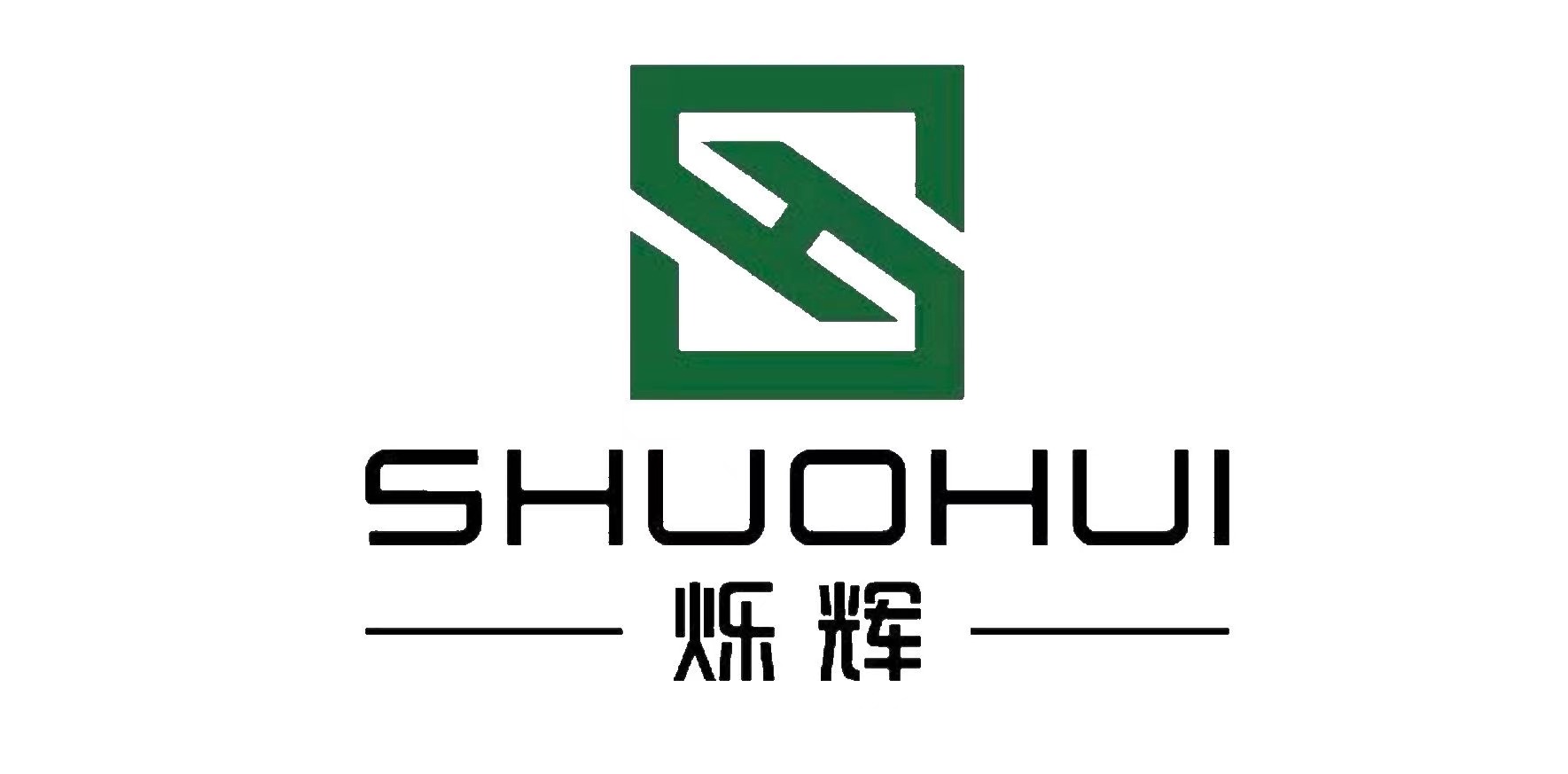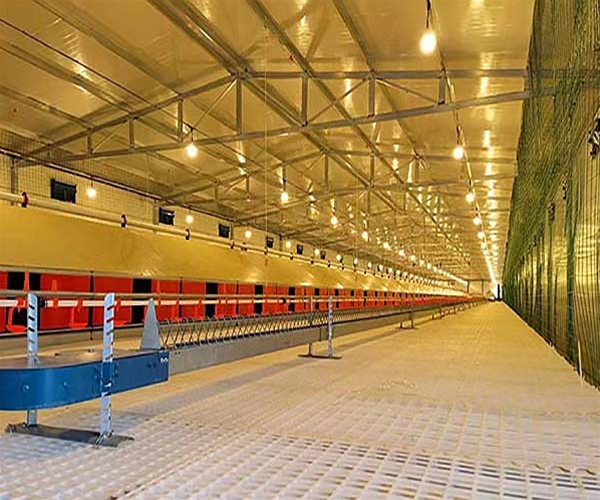Farning systems play a crucial role in improving efficiency, reducing labor costs, and ensuring healthier, more productive chickens. But with so many options available, it can be overwhelming to know where to start. Here’s a look at the most common types of fully automated equipment in egg chicken farming and how they’re revolutionizing the industry.
1. Farning systems —— Automatic Feeding Systems
Automatic feeding systems are essential for any fully automated egg chicken farm. These systems ensure that hens receive the right amount of feed at the right time, improving both feed efficiency and production. Typically, they use conveyors, pipes, or automated feeding troughs to deliver food directly to the chickens. By precisely controlling feed amounts, these systems reduce waste and ensure that each chicken gets its fair share. Some modern systems even use sensors to adjust feed delivery based on the chickens’ needs.
2. Farning systems —— Automatic Drinking Systems
Water is just as important as food for a hen’s well-being and productivity, which is why automatic drinking systems are a must in any automated farm. These systems use pipes and drinkers to ensure that chickens always have access to clean, fresh water. Compared to manual watering methods, automatic systems reduce water waste and ensure that the chickens’ hydration needs are met consistently. Some systems feature drip feeders or cups that help maintain high water quality, reducing the risk of disease transmission.
3. Farning systems ——Automatic Egg Collection Systems
Collecting eggs manually can be time-consuming and labor-intensive. That’s where automatic egg collection systems come in. These systems automatically gather eggs from the nesting areas and transport them to a central collection point. With the use of conveyor belts or roller systems, eggs are moved gently to avoid breakage. This automated process not only boosts efficiency but also minimizes damage to eggs, resulting in higher-quality eggs and fewer losses for the farm.
4. Farning systems —— Automatic Manure Removal Systems
Keeping the chicken house clean is vital for maintaining a healthy environment and reducing the risk of disease. Automatic manure removal systems are designed to do this job efficiently. Whether using conveyor belts, rollers, or chains, these systems remove waste from the chicken house at regular intervals, ensuring the area stays clean and dry. By reducing the need for manual labor, these systems save time and labor costs while helping to maintain optimal conditions for the chickens.
5. Farning systems —— Environmental Control Systems
One of the main benefits of fully automated farming is the ability to control the environment within the chicken house. Environmental control systems monitor and adjust temperature, humidity, and ventilation to create the ideal living conditions for the hens. With the help of temperature sensors, humidity controllers, and fans, the system can adapt to changes in external weather, maintaining an optimal environment for egg production and overall chicken health.
6. Automatic Lighting Systems
Light plays an important role in regulating the egg-laying cycle of hens. Automatic lighting systems help mimic natural light patterns, controlling both the duration and intensity of light within the chicken house. Proper lighting helps maintain the chickens’ biological rhythms, reducing stress and improving egg production rates. By automating this process, farms can ensure that hens get the right amount of light for maximum productivity.
7. Automation Monitoring and Management Systems
To make farming even more efficient, automated monitoring systems are integrated into many fully automated egg chicken setups. These systems use sensors, cameras, and data analytics to track various metrics in real-time, such as chicken health, feed consumption, water intake, and environmental conditions. By analyzing this data, farmers can make better-informed decisions, optimize operations, and spot potential issues before they become problems. This level of oversight improves overall farm management and boosts production efficiency.
8. Automated Cleaning and Disinfection Systems
Maintaining hygiene is crucial for a healthy flock. Automated cleaning and disinfection systems ensure that the chicken house is regularly cleaned and sanitized without requiring manual labor. These systems typically include automatic spraying devices and cleaning equipment, ensuring that the environment remains disease-free and hygienic. This is particularly important for large-scale farms, where cleanliness is vital to prevent the spread of pathogens.
9. Automated Conveying Systems
Conveying systems are integral to moving feed, eggs, manure, and other materials efficiently around the farm. These systems use conveyor belts, rollers, or chains to transport goods from one area to another. Automating this process not only reduces manual labor but also improves the speed and efficiency of daily operations. By automating material handling, farms can streamline their processes, reduce waste, and improve overall productivity.
Why Fully Automated Egg Chicken Farming Is the Future
Fully automated egg chicken farming equipment is transforming the industry by making farming more efficient, reducing labor costs, and creating healthier, more productive chicken flocks. Whether it’s through automatic feeding, egg collection, or environmental control, these systems offer farm owners a smarter, more sustainable way to manage their operations.
As technology continues to advance, we can expect even more innovative and efficient solutions to emerge in the poultry farming sector. Automated equipment not only helps improve productivity but also contributes to more sustainable farming practices by reducing waste, improving resource usage, and ensuring better animal welfare. If you’re looking to take your egg production to the next level, embracing automation is the way to go.

